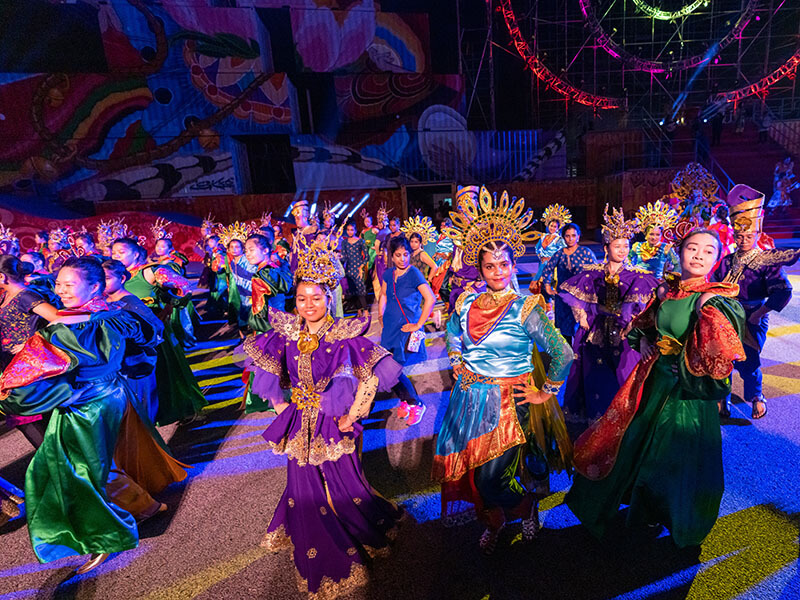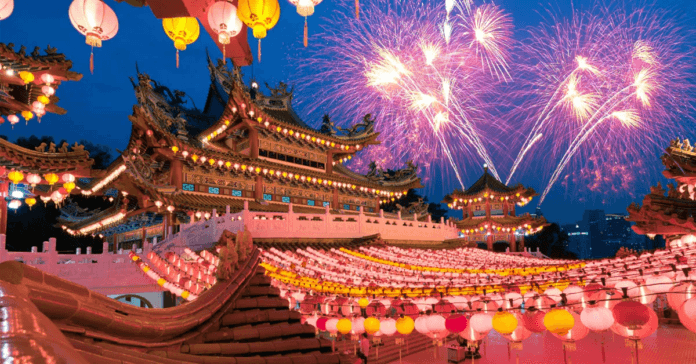Because of its sizable Chinese population, Singapore is a great spot to celebrate Lunar New Year with all the family in a traditional, colorful way. As the New Year approaches, the city puts on a plethora of festivities, including lion dances and fireworks displays, proving that it knows how to party. Overall, celebrating Chinese New Year in Singapore is an unforgettable event; therefore, we’ve included all the information you’ll need to know.
1. Introduction to Singaporean Chinese History
Introduction to Singaporean Chinese History
For more information about Singapore’s Chinese past, you can visit the Chinatown Heritage Centre (tel. 65/6325-2878; www.chinatownheritagecentre.sg). The museum delves into the lives of the early Chinese immigrants who populated the island, housed in three renovated shophouses on Pagoda Street in Chinatown. Photos and artifacts from the past tell about their experiences, illuminating details such as the month-long voyage from China on flimsy junk boats, the foods they ate (seen), and the clothes they wore. Viewers can get a feel for their everyday existence by interacting with recreations of the gloomy, cramped shophouse quarters. From Monday through Sunday, 9 a.m. to 8 p.m., you can visit the museum. Admission costs and further details can be found on the website.

2. Having a reunion meal
During the holiday season, it is not uncommon for distant relatives to gather for reunion meals, where they can enjoy a hearty meal of traditional dishes. You can think of it as every unsatisfactory New Year’s Eve you’ve ever had—only better—because this usually happens on that night.
Even if you don’t have any local relatives in Singapore, you shouldn’t be concerned. You can find special menu items and reunion meal specials at a ton of eateries. Places fill up fast, so be sure to book in advance.
Many restaurants and even stores will be closed at certain times throughout the new year due to the family nature of the holiday, so it’s a good idea to make your reservations in advance. Reserve in advance!
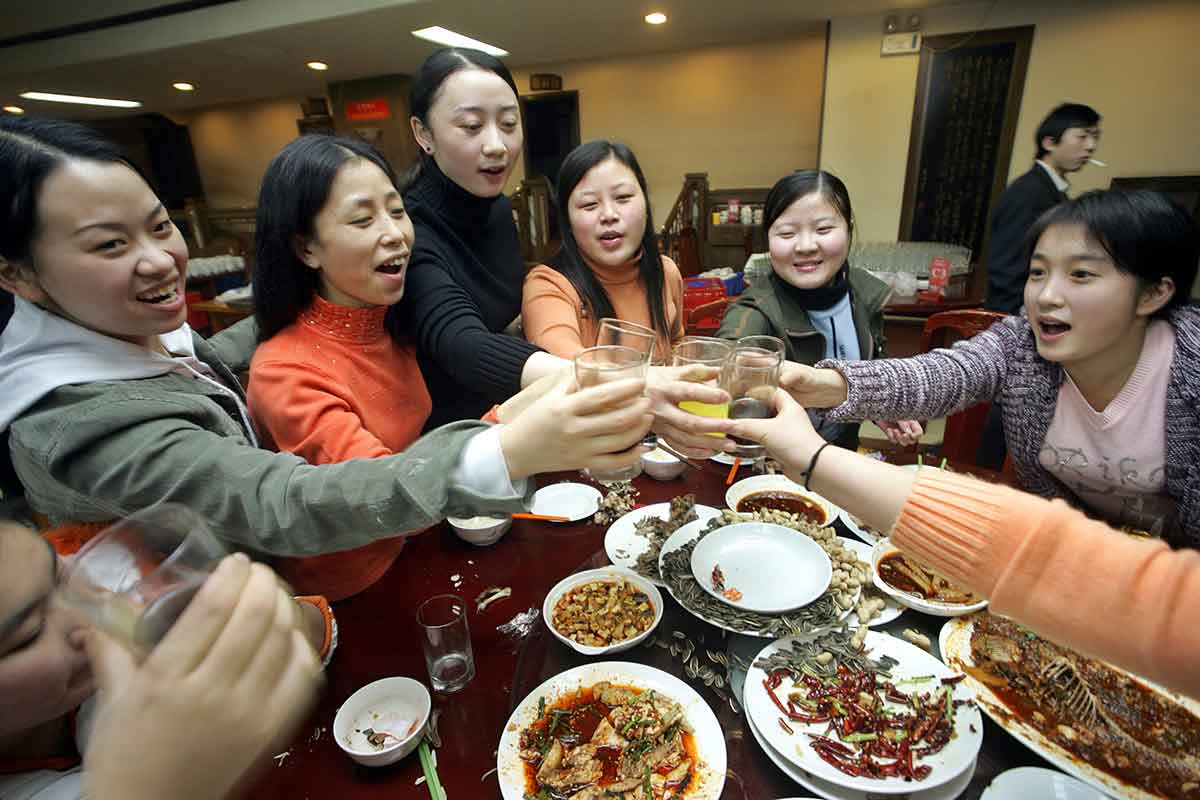
3. Hongbao River
In conclusion, the River Hongbao, an annual event hosted at the Marina Bay Floating Platform, is an absolute must-see. You can truly immerse yourself in the joyous atmosphere of the Chinese New Year at this event, which has traditional lantern displays, fireworks, cultural performances, and food booths.
Here is the Singaporean way of celebrating the Chinese New Year! And now that you’re brimming with delicious New Year’s knowledge, you might be asking: What else can I do while on vacation? Worry not, for Go City has arrived! You can save a ton of money and see all the top attractions in the city with one of our All-Inclusive Passes or Explorer Passes.
Because of its sizable Chinese population, Singapore is a great spot to celebrate Lunar New Year with all the family in a traditional, colorful way. As the New Year approaches, the city puts on a plethora of festivities, including lion dances and fireworks displays, proving that it knows how to party. Overall, celebrating Chinese New Year in Singapore is an unforgettable event; therefore, we’ve included all the information you’ll need to know.
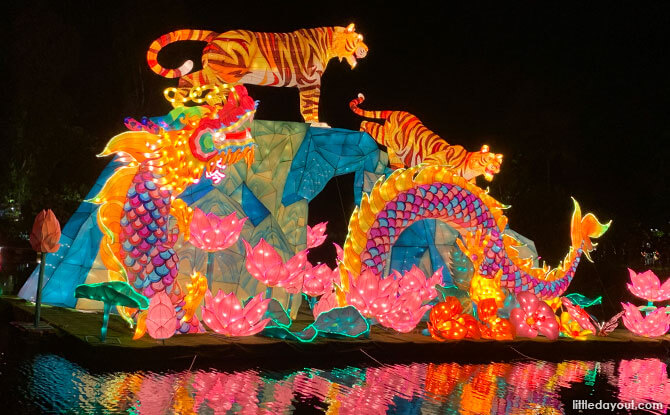
4. Street lighting
There is a lot of buildup to the New Year in China, which is probably the most important day of the year. The highlight of this year’s Spring Festival (or Lunar New Year)—which welcomes the Year of the Dog—happens on February 15th. But starting at the tail end of January, visitors to Chinatown may enjoy the Street Light-Up, an annual event that features the decoration of the streets with exquisitely crafted, hand-sculpted lanterns in the shapes of flowers, dogs, and greetings.
The event is always well planned and executed because the Singapore University of Technology and Design is engaged. On January 27th, there will be a lighting ceremony complete with a fireworks show, performances by renowned dance troupes, and the sound of firecrackers. Worry not if you are unable to attend the event on the designated night; the lanterns will continue to be lit up nightly around Eu Tong Sen Street and New Bridge Road until around the middle of March.

5. The Market on Festival Street
As a tradition, eating has always been central to ringing in the new year. Good fortune is shared through the sharing of mandarin oranges, and special foods are prepared for these celebrations. From 6 pm to 10.30 pm (with some stalls staying open until 1 am on New Year’s Eve), more than 400 specialty vendors line Chinatown’s Pagoda Street, Smith Street, Temple Street, and Trengganu Street. You can sample these treats for yourself starting on January 25th.
The menu will feature a wide variety of dishes, including ong lai pineapple tarts, spicy shrimp rolls, kueh bangkit coconut cookies, bak kwa barbecued beef, lapis prune layer cake, and many more. Flowers, traditional Chinese crafts, and decorations for the New Year will be sold at other booths. Kumquat bushes, representing the golden fruit that brings good fortune, and red hong bao envelopes, which older Chinese people use to gift money to younger, single relatives, should be carefully observed.
You can also stroll around Chinatown’s winding alleyways while taking in the colorful holiday decorations. In the vicinity, at Kreta Ayer Square, adjacent to the Buddha Tooth Relic Temple, a performance takes place nightly from approximately 8 p.m. until around 10:30 p.m.

6. Lion Dance Competition
The International Lion Dance Competition will be back for its eleventh edition on the weekend of February 2–3. The mesmerizing antics performed by groups hailing from all across the Asia-Pacific area, along with the thumping rhythm of drums, will transport you to a bygone era. Here is your opportunity to witness the pinnacle of lion dancing if you have never witnessed it in person.
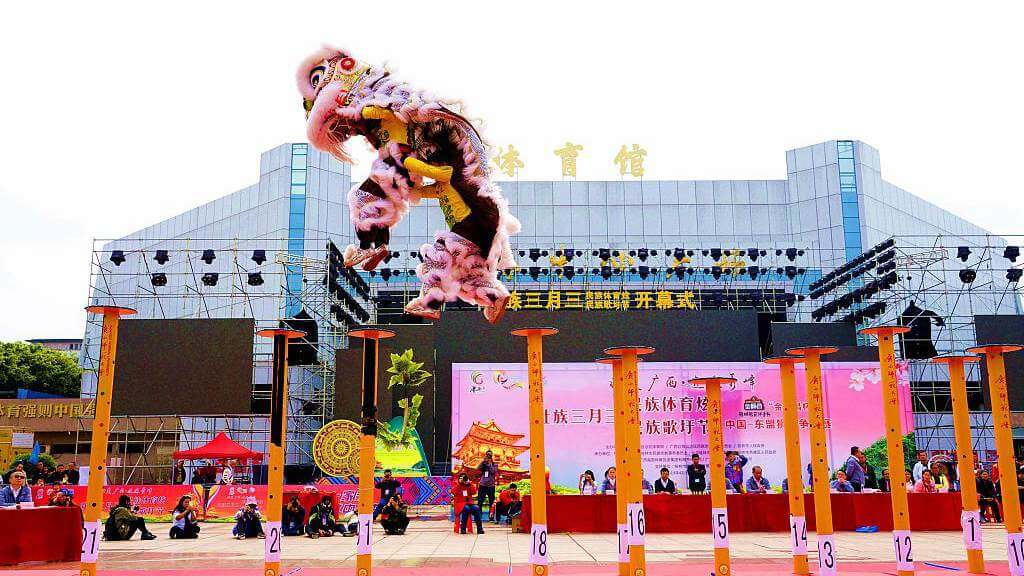
7. Countdown to the New Year
Why not spend the evening of February 15th with the masses as we bid farewell to the previous year? The new one is just around the corner! Artists will be singing a variety of traditional festive songs and leading interactive games in the vibrant crimson heart of Chinatown. Some local celebrities will also be there for you to witness.
A spectacular fireworks display and the detonation of firecrackers mark the end of the countdown, which starts at approximately 9.30 p.m. and ends at midnight. This is because every spring, villages are supposedly attacked by a weird beast called “Nian,” according to tradition. They had to resort to making a lot of noise and wearing red, a color now associated with joy, success, and celebration, to ward off its attacks.
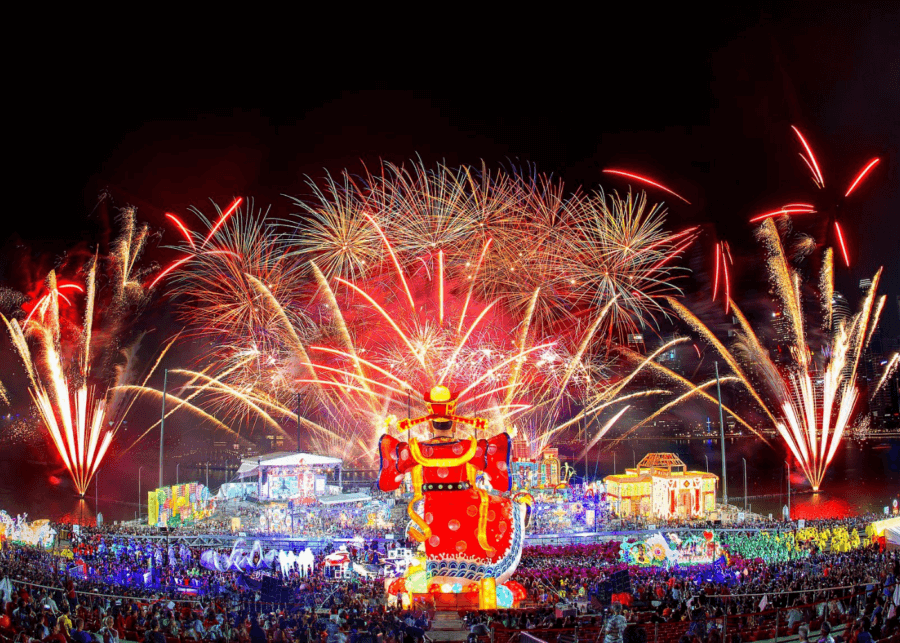
8. The Chingay Parade
Singaporeans keep the party going long beyond New Year’s Eve. Over the next weekend, the city plays host to the colorful Chingay parade. Although it originated in Chinese parades, the modern Singaporean version—which means “costume and masquerade” in the Hokkien dialect—celebrates the rich cultural diversity of the country’s Chinese, Malay, Indian, and Eurasian populations.
In China, people would prepare for spring by participating in processions in the two weeks preceding the New Year. Singapore’s version of carnival is a beloved event for both locals and visitors, with elaborately decorated floats, acrobats, dancing dragons, jugglers, and stilt walkers. 11,000 artists will be performing, with some having traveled from Sri Lanka, Indonesia, and Denmark. The combination of music, dance, and pyrotechnic displays creates an incredible ambiance, and there are countless beautiful costumes. In addition to being the highlight of Singapore’s Lunar New Year festivities, it is also the biggest street and float procession in all of Asia.
